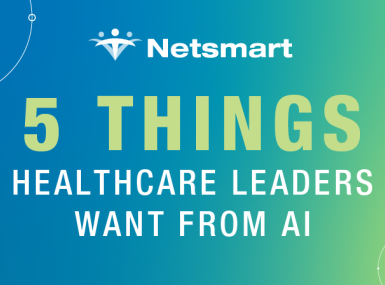A Better Path to Priority-Based Budgeting: How Do We Get There and What’s the Payoff?

Available On-Demand
This webinar is available on-demand. If you have issue accessing the recording, please email nacomeetings@naco.org.
Seeking to modernize budgeting, local governments are looking to priority-based budgeting to enable budget decisions that relate directly to their priorities and save money. This session will explore the steps toward priority-based budgeting, obstacles, and payoffs.
After an overview of priority-based budgeting and its benefits, a public sector budgeting expert and a Collier County, Florida, commissioner will explore best practices for implementing this new budgeting approach.
While local governments want the benefits of program- and priority-based budgeting, they often lack the resources to undertake the process. Speakers will discuss how AI modeling technology offers a solution to reduce the program budgeting lift significantly. Attendees will learn how AI modeling can analyze huge data sets to make logical connections and discover patterns in the data to predict programs – including inventory, costs, and scores.
Collier County will share real-world insight into how priority-based budgeting can surface innovations for how programs are funded, resources can be freed up and reallocated, and spending can be optimized to support community priorities.
Upon completion of this session, participants will:
- Recognize the critical steps involved in implementing priority-based budgeting.
- Know how to leverage machine learning and AI to streamline translating existing budget data into actionable program data, mitigating a primary obstacle to enacting priority-based budgeting.
- Understand how to use priority-based budgeting to further the mission of local government while saving money.
Watch Recording
Speakers

Hon. Chris Hall

Chris Fabian
Upcoming Events

Modern Networks, Smarter Budgets: A County Leader's Perspective
Join us for a fireside chat with Orleans County, NY, as they share how their team successfully transitioned from a traditional capital expense (CapEx) model to an operational expense (OpEx) model for network services.
When faced with rising maintenance costs and an expiring carrier contract, the county seized the opportunity to modernize its network and lock in predictable monthly costs. By bundling connectivity services with unified communications, they achieved immediate savings of over $124,000, eliminated recurring charges such as long-distance fees and third-party integration costs, and gained access to operational upgrades like call analytics and auto-attendants.
This shift not only strengthened financial planning through fixed monthly expenses but also freed up IT staff to focus on strategic initiatives.
Key takeaway: Rethinking your budget model can be just as impactful as upgrading your technology — delivering fiscal stability and enhanced services for your community.
Featured Resource
County Tech Xchange
The NACo County Tech Xchange is an online portal designed to connect county CIOs, IT Directors, CISOs, and other county IT leadership. This portal provides valuable resources in a central location that counties can use to improve their overall technology infrastructure.

Related News

House committee passes local broadband permitting preemption bills
The American Broadband Deployment Act of 2025 would enact new restrictions on a variety of state and local land use and zoning authorities pertaining to the deployment of telecommunications infrastructure.

County Countdown – Dec. 15, 2025
Every other week, NACo's County Countdown reviews top federal policy advocacy items with an eye towards counties and the intergovernmental partnership.
